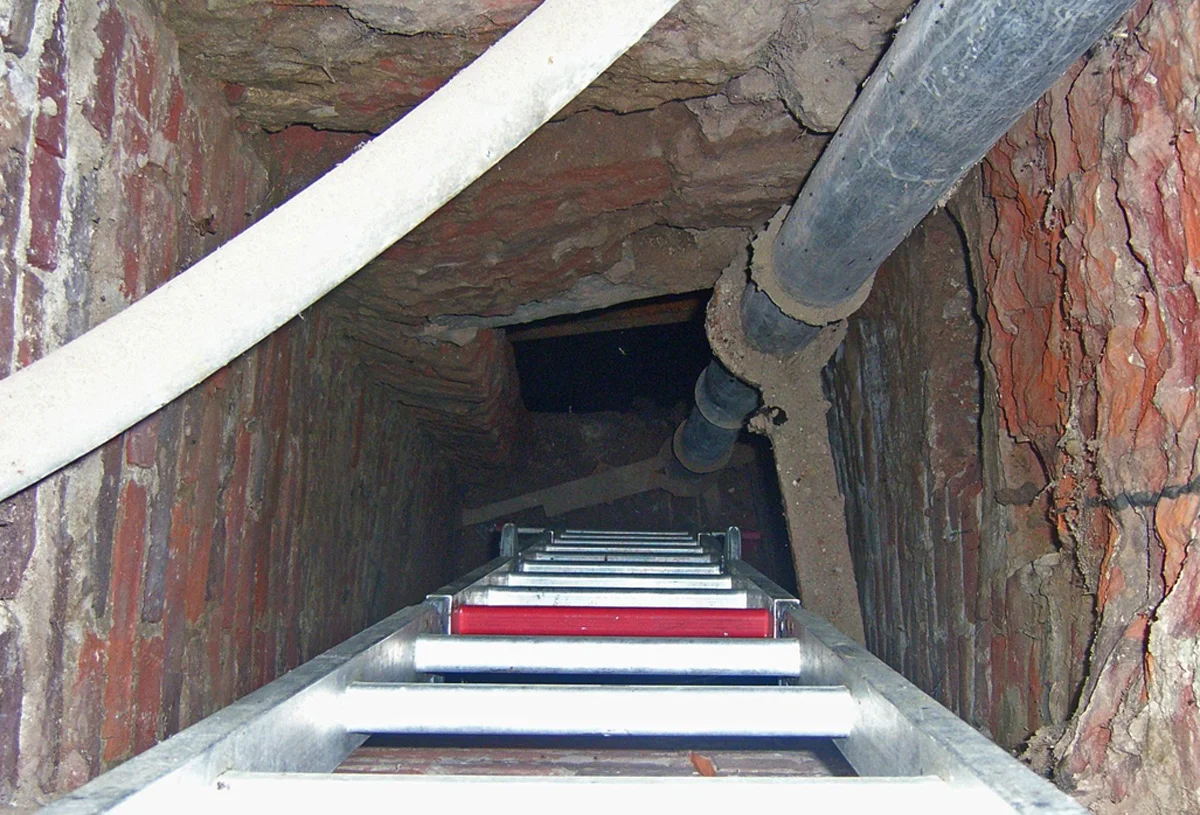A homeowner unexpectedly discovered a hidden tunnel during renovations of their townhouse in Tielt, Belgium.
During World War I, Tielt served as the headquarters of the German Fourth Army (AOK IV), which took over several townhouses on Nieuwstraat, near the city’s historic centre.
Originally intended as a temporary arrangement, the occupation of Tielt became permanent as the war ground into a prolonged and stagnant trench conflict, lasting until near the German surrender in 1918.
Nieuwstraat No. 7 was requisitioned to accommodate part of the AOK IV staff and functioned as the main command centre. The building was converted to house a dedicated map room and a large-scale model of the front lines, constructed at a scale of 1:20,000.
It was on these premises that the German High Command planned the first chlorine gas attack at Steenstraete in April 1915, followed by the introduction of flamethrowers in July that same year.
In 1917, the same location also served as the planning centre for a new defensive strategy—four successive bunker lines known as the Flandern-Stellung—which would later inflict heavy casualties on the Allied forces.

During renovations at Nieuwstraat No. 7, the current homeowner found a manhole cover concealed beneath the floor. Beneath the cover is a narrow vertical shaft, measuring 0.77 by 0.65 metres and descending 3.9 metres deep. At the base of the shaft, an opening led into an 18th-century well, where a 9.7-metre-long barrel-vaulted tunnel was discovered.
The route of the tunnel runs northwest, parallel to the rear facades of the townhouses on Nieuwstraat. At the end of the tunnel is a small blocked up passage, that likely gave access to a cellar in Nieuwstraat No. 5.
While it’s possible that the tunnel is part of an 18th century overflow system, archaeologists from the Agency for Immovable Heritage suggest that it may have served as an escape route, or to enable movements between the townhouses on Nieuwstraat undetected.
Header Image Credit : Onroerend Erfgoed
Sources : Agency for Immovable Heritage






